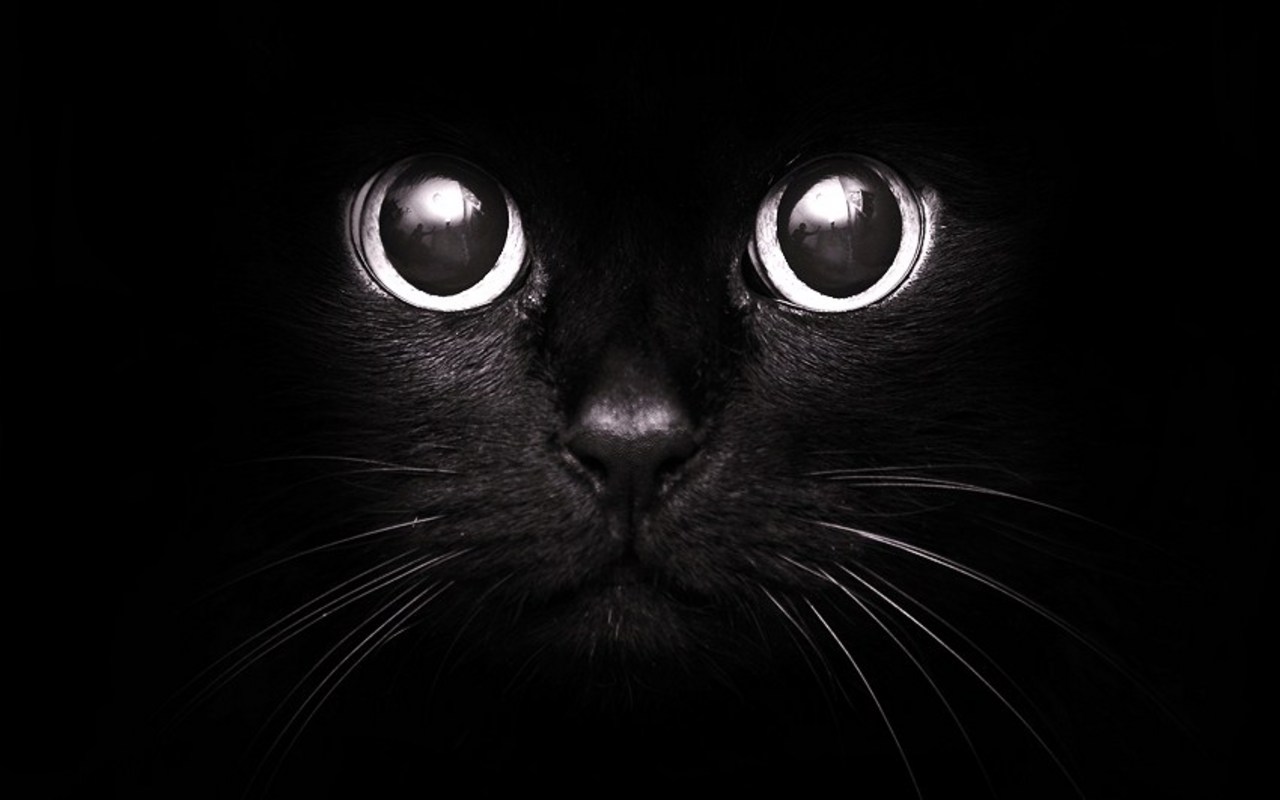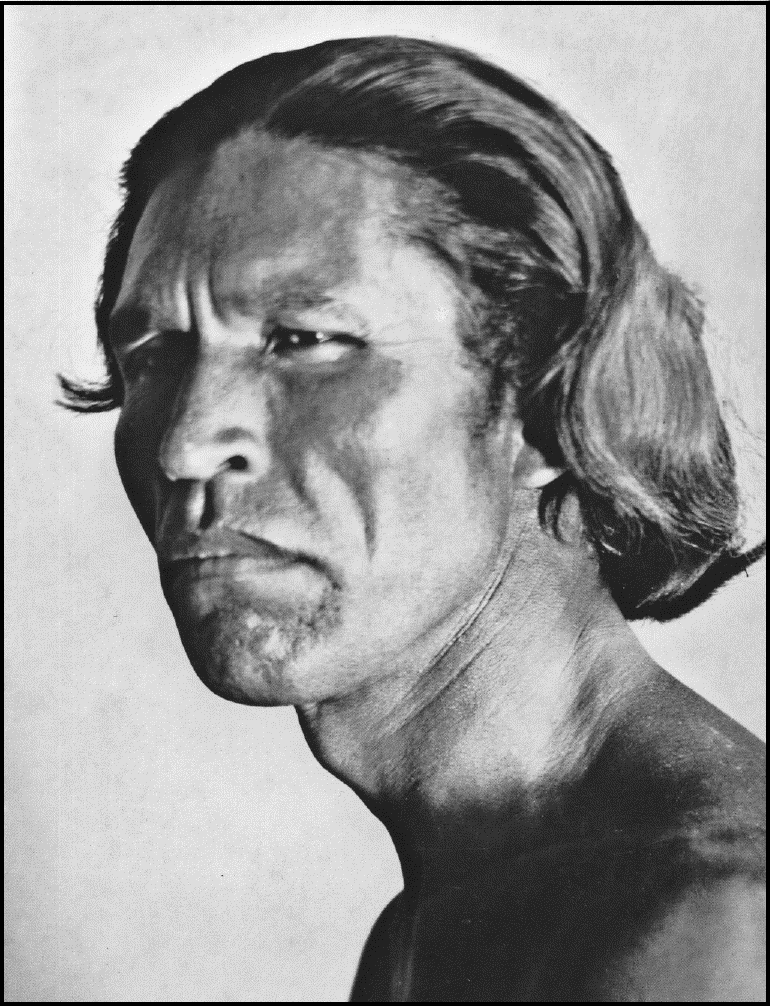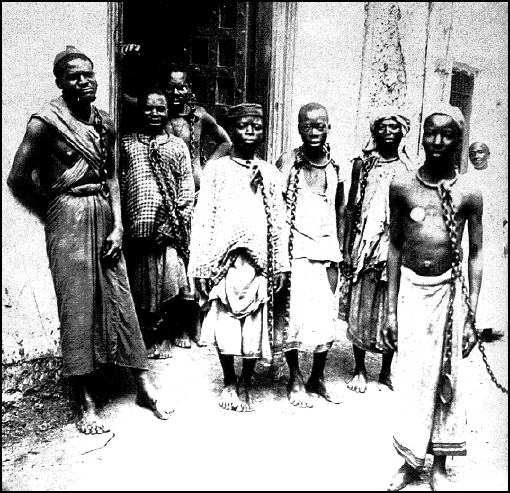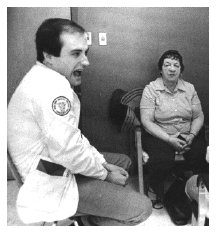My black cat gave birth last night
Four and five make nine-o ...
One of them had deep blue eyes
Eyes as pretty as mine-o.
Mother said that they must go
Drown them in the well-o ...
So I hid the little one in my shoe
The one with eyes like mine-o.
--- Clare Marx Arce
Family
Reunion:
Poems about Parenting
Grown Children
<Sondra Zeidenstein,
Editor
(Chicory Blue)
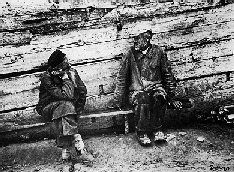
If you are planning to have any children in the next twenty-five years ... don't. Unless you are looking forward to fifty years (or more) in which you get to deal with alcoholism, anorexia, sullenness, blame (you!), sickness, lack of appreciation, inability to communicate, self-destructive behavior, late-night telephone calls, crying jags, grandchildren with life-threatening illnesses, and endless money-begs.
She wants to hang herself from the rafters, she says
to me at the top of the stairs...
Those are the opening lines of Joan Swift's poem "Ties," while Cortney Davis tells us about being in the airport café:
How's work? I'll ask my son, trying to catch up.
He'll concentrate on his plate. I'll pick up the bill.
Raymond Carver reports, "Oh, son, in those days I wanted you dead/a hundred --- no a thousand --- different times." And his daughter?You're a beautiful drunk, daughter.
But you're a drunk. I can't say you're breaking
my heart. I don't have a heart when it comes
to this booze thing.
Pearl Garrett Crayton tells us to be very careful, "Please, please, please, please, please/don't step on my daughter's toes!" Why? She'll
cut you down to size,
scratch your eyes out,
pull out your hair,
go for your jugular vein,
flay you skinless,
trample you in the dust.
By comparison: "I've seen cancers cause less misery."
Comme Les Autres

My 38-year-old son Aaron, who has an extra chromosome 21 (Down Syndrome), lived in our family home until the age of twenty-one. He then moved to a group home where he lives during the week, but he continues to spend most weekends with me. We normally take in movies, or visit favorite haunts like video game parlors, the aquarium, or the zoo. At the zoo, Aaron can always be relied upon to read the information placards aloud to me, often adding other tidbits of animal information that he has picked up elsewhere.
Aaron was taught to read between ages three and five, earlier than most normal children. This training was part of an experimental early childhood stimulation/education program for Down Syndrome children at the Experimental Education Unit of the University of Washington. Aaron's mother brought him to the program for a couple of hours every weekday, from before age one until he began kindergarten. One of the EEU's pioneering departures, during the early 1970s, was teaching the children to read and write, and starting them early.
The program's success with its first class became rather celebrated in the little world of special education, and in a way so did all the members of that class. All of its members --- Aaron, Denny, Kari, Martha, Lupita, Jeff, Glenn, Christy, Patrick, Scott, Lori, and BJ --- learned to read and write, most at an early age. Their facility varied. Martha and Lupita, from Latino families, became literate to some degree in both English and Spanish. The most fluent readers in the class were Denny (who died last Spring, at age 38) and Aaron.
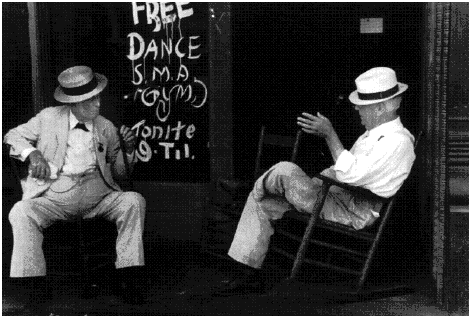
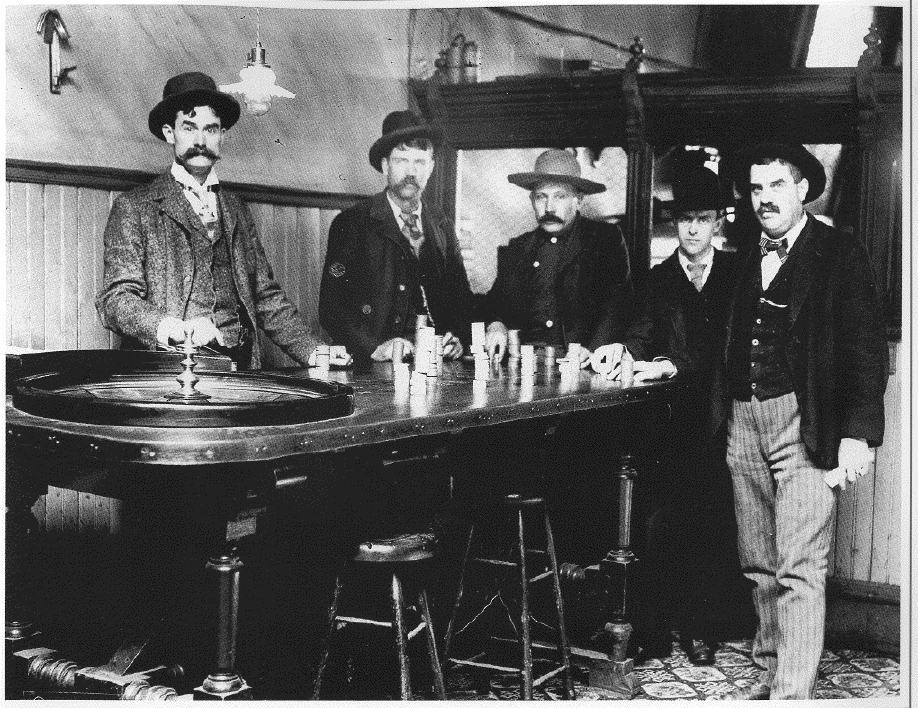
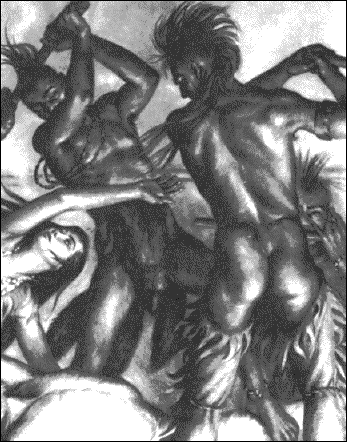


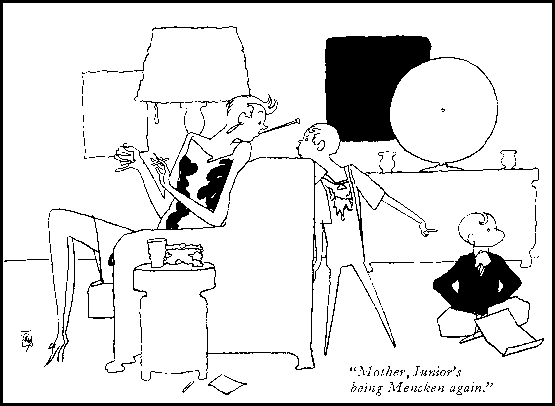

 The build-up of men and equipment was beginning. Every arriving steamer had its contingent of prospective carpenters, mechanics, file clerks, assistant engineers, all eager to be "in at the start at Panama." General Davis, who had been named the first Governor of the Canal Zone, and Chief Engineer Wallace had arrived and had taken up residence in Panama City. Gorgas, still working with the same small staff, tried to explain the situation, the need for immediate decisions, for men and supplies, and he got nowhere.
The build-up of men and equipment was beginning. Every arriving steamer had its contingent of prospective carpenters, mechanics, file clerks, assistant engineers, all eager to be "in at the start at Panama." General Davis, who had been named the first Governor of the Canal Zone, and Chief Engineer Wallace had arrived and had taken up residence in Panama City. Gorgas, still working with the same small staff, tried to explain the situation, the need for immediate decisions, for men and supplies, and he got nowhere.